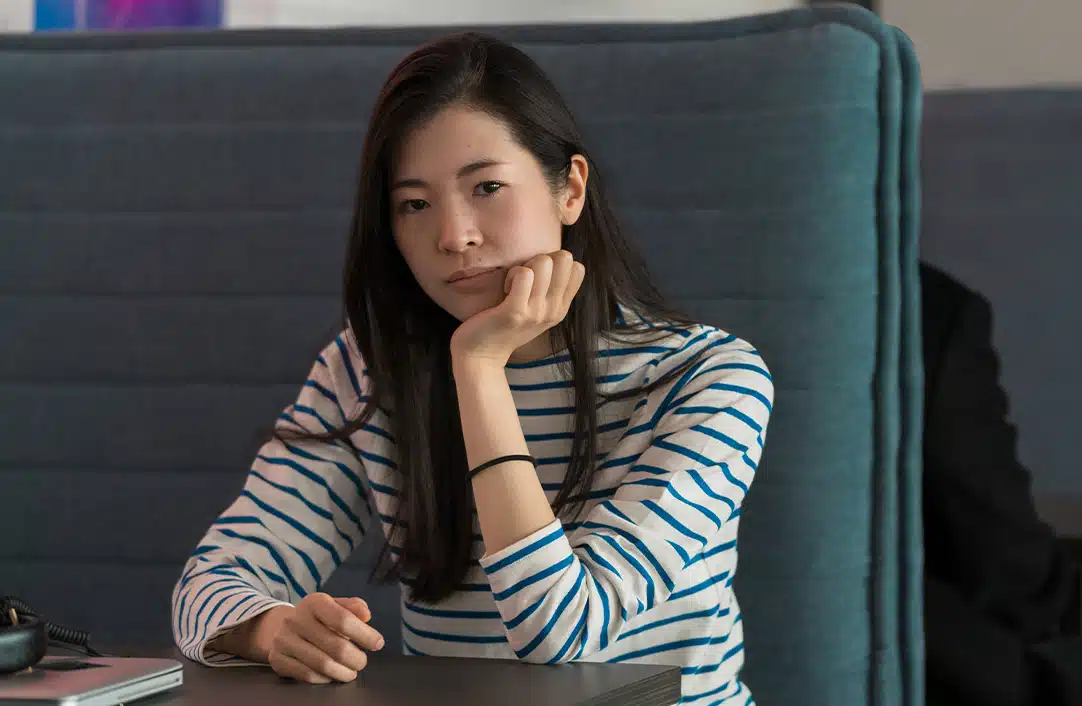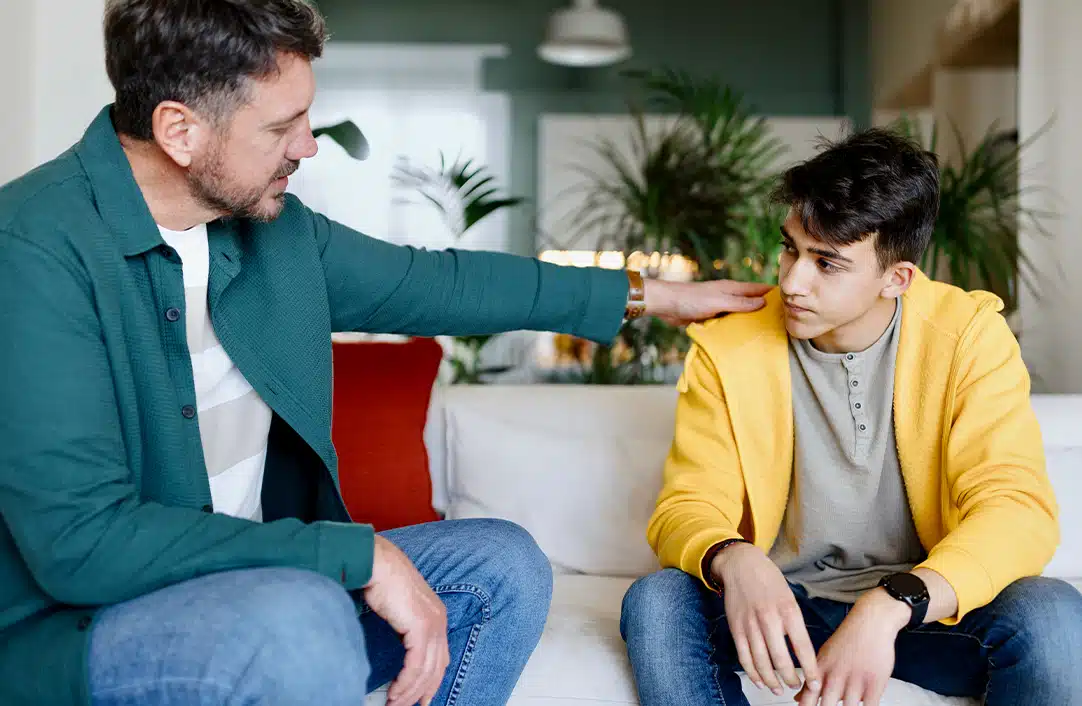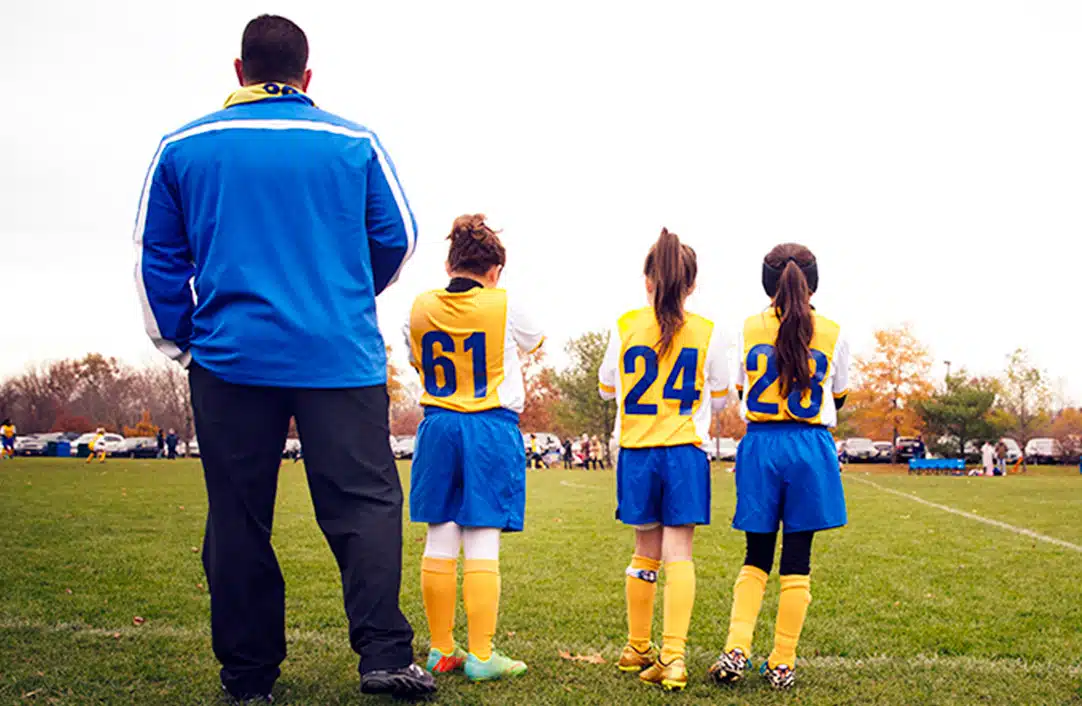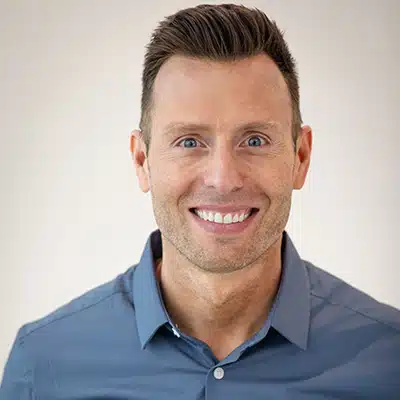Power Dynamics in Sports
Last year I sat down with my husband to watch the documentary Athlete A, which focuses on the gymnasts who survived the abuse perpetrated by USA Gymnastics doctor Larry Nassar. As we watched, my husband who had not grown up in sports, questioned how these young athletes felt they couldn’t report the sexual abuse. “Why didn’t they just say something?” he asked. His question made me take a step back and think about my own athletic career. As a former member of a national team training for an Olympic dream, I sat there and thought, Would I have said something? Could I have recognized what was going on? While I am not a survivor of sexual abuse, I understand why it would be so difficult to come forward and say something. According to the 2020 Athlete Culture & Climate survey completed by the U.S. Center for Safesport, 93% of athletes who experienced sexual harassment or unwanted sexual contact did not submit a formal report/complaint of it.1
The culture of competitive sports includes a paradigm that our coaches, trainers, and sports administrators are the experts, and we need to trust them in order to succeed. These sports organizations and clubs hold all the power to make decisions on who plays and who sits on the sidelines. Whether it’s a local sports organization or a national/professional organization, athletes are expected to prove their worth and catch the eye of those in charge. We are challenged everyday as athletes to improve our skills and to push ourselves out of our comfort zone. And as the stakes raise, so does our willingness to do whatever it takes to win. Even if that means complying with things that make us uncomfortable.
My dream to win an Olympic medal was much bigger than anything else at the time. I put so much pressure on myself to win and remain perfect that I did whatever I was told and whatever it took to continue pursuing my dream. And if you are not willing to put the work in and make those sacrifices, there is always another athlete right behind you that will. So, when I hear stories like the Larry Nassar case, I understand why these survivors of sexual abuse would be absolutely terrified to come forward. He was the Olympic team doctor; he was in a position to dictate the steps (or remove barriers) to the dreams of so many gymnasts who felt passionate about realizing their lifelong aspiration of medaling.
As I was climbing up the ranks in sports, I would have been absolutely thrilled to work with anyone connected to the Olympic team. I would have taken everything they told me as priceless advice. I mean, why not? These coaches and trainers have seen what it takes for individuals to reach the top of the sports podium. In a pressure-packed environment you are always looking for that friendly face and wanting acknowledgement that you are doing something right. When an individual like Nassar takes advantage of those opportunities and grooms everyone involved, it's the perfect environment for a perpetrator to sexually abuse a minor. In fact, a 2020 survey showed that more than half of athletes who indicated having unwanted sexual experiences stated that some or all of those experiences happened when they were under the age of 18.1
This survey reflected nearly 4,000 adult athletes across 50 different sports.1 Child sexual abuse is far more common than many people think and harms children from all walks of life. Ironically, many of these athletes come from homes with conscientious parents who support the hard work their children dedicate toward reaching high aspirations. Parent involvement was another conversation that came up while watching the documentary and how they interact with these sports organizations. My parents were highly involved in my life, but they also knew they didn’t have any expertise on my sport specifically. They left my training and competition regimen up to the coaches, trainers, doctors, and sports administrators. It takes a village to build a sports champion and often your family members are just as invested in your dreams of making it to the top. Nobody wants to put their child’s playing time at risk or disrupt their training.
93% of athletes who experienced sexual harassment or unwanted sexual contact did not submit a formal report/complaint of it.
2020 Athlete Culture & Climate survey completed by the U.S. Center for Safesport1
How Can I Make Sports Safer for My Child and Help Prevent Child Sexual Abuse?
Sports has taught me so much about hard work, dedication, pushing my limits and I am grateful for the opportunity I had to chase my dreams. It is clear to me that having kids involved in sports is a positive in so many ways. According to the President’s Council on Sports, Fitness and Nutrition Science Board, participating in sports is associated with lower rates of anxiety and depression, lower amounts of stress, higher self-esteem and confidence, reduced risk of suicide, increased life satisfaction, and more.2 But these benefits can all be erased if a child experiences sexual abuse as a result of their involvement in sports. We need to educate everyone involved with these sports organizations and create safety for all athletes.
The risk of sexual abuse doesn’t only pertain to children in sports. 1 in 5 children is sexually abused by the age of 183 and 80% of these cases are by someone they know.4 Saprea offers prevention resources for parents and caregivers to learn and proactively apply researched-based best practices to reduce the risk of sexual abuse from impacting the children they love.
WAYS YOU CAN HELP KEEP YOUR CHILD SAFE IN SPORTS:
- Make sure your child is never alone with a coach, trainer, or sports administrator.
- Monitor who has access to your child’s contact information.
- Check with your sports organizations and ensure they have done background checks on anyone involved with your child.
- Understand the issue of child sexual abuse.
- Teach your child about consent and boundaries.
- Have consistent conversations with your child about their sexual development.
- Foster open, two-way communication with your child.
These are just a few ways to help create safety for your young athletes as they participate in sports. Here is more information on how you can help prevent child sexual abuse.
If you or someone you know is a survivor of child sexual abuse, here is where you can learn more about Saprea’s healing resources.
About the author
Zac Amidan
Marketing Director
Recent blogs

Common Symptoms Experienced by Adult Survivors of Child Sexual Abuse

Statute of Limitations on Sexual Abuse


